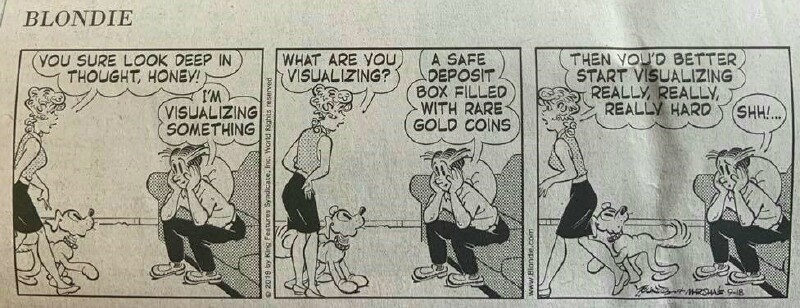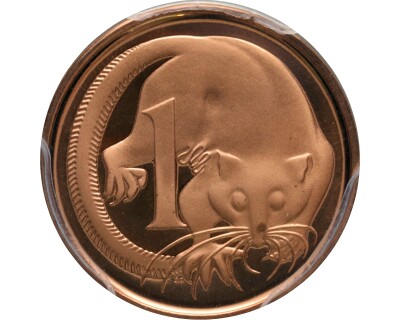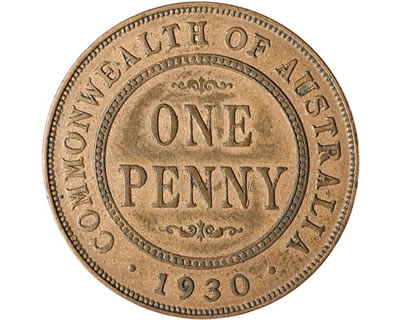Valuing Old Coins
Introduction
By far the most common question we get asked is "what is my coin worth?" Perhaps you found a few old coins which is why you're here reading this article. Maybe you're a seasoned collector already looking to get more precise values for your coins than the printed catalogues can offer. Perhaps you're an investor looking to value your coin portfolio. This guide will cover all of that.

To start, lets discuss what goes into a coin's value. There are a lot of myths to valuing coins like a coin has to be made of gold to be worth something, or it needs to be very old. While being gold helps to set a minimum value as it can't be worth less than its bullion value, other than that, age and metal don't really come into it.
Value generally comes down to just two factors, what coin is it, and what condition is it in. Both of these factors are equally important. For example, the scarcest shilling is the 1933 and 1961 is the most common. An average circulated 1933 grades around VG10 and would fetch about $200 at auction at the time of writing. On the other hand, PCGS graded the finest 1961 at MS68 which last sold for $3000 (NumisBid, 2017). That's why both factors are critical in evaluating your coins' values.









